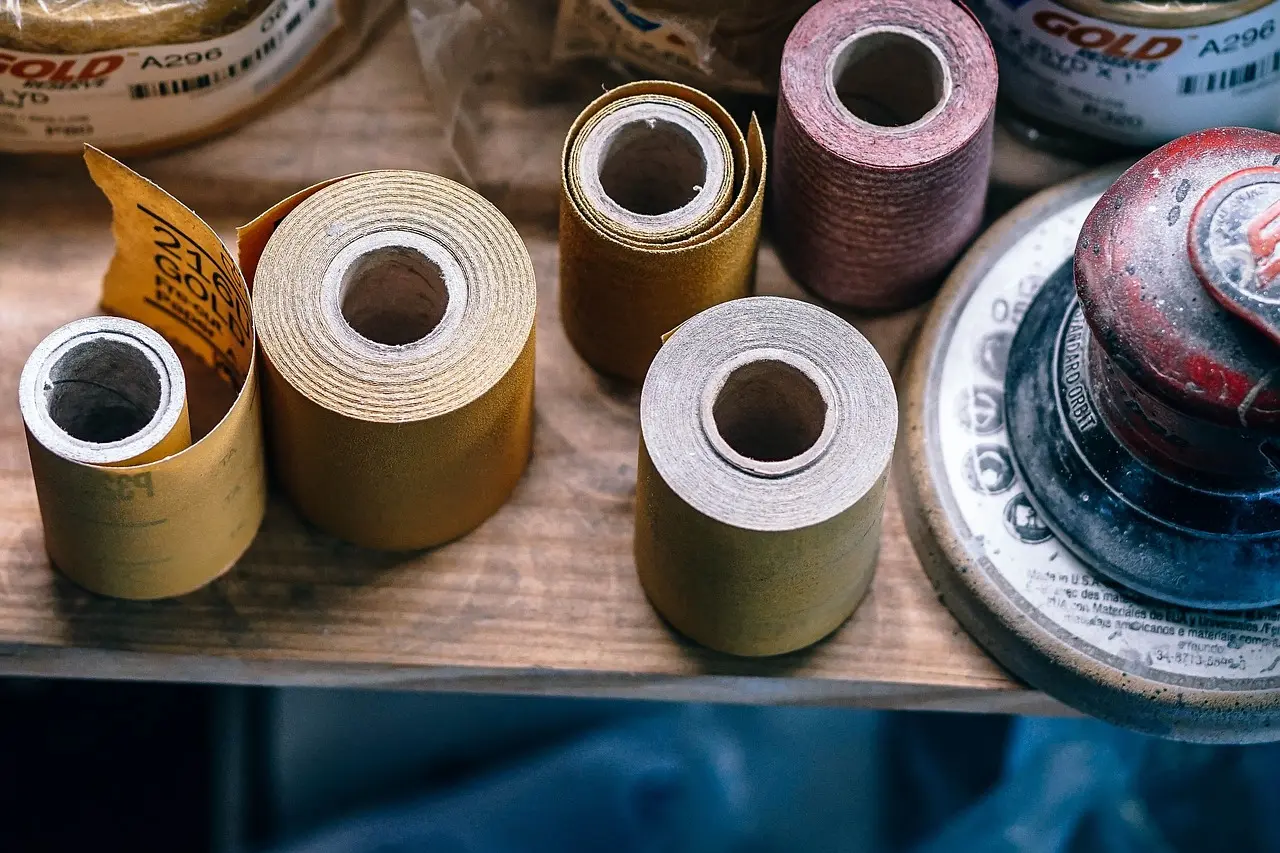1️⃣ Pain Points: Why Packaging Is a Bigger Problem Than Most Managers Realize
In industrial operations, packaging is often treated as a minor, routine task. But poorly planned packaging processes quietly generate significant operational risks and hidden costs.
Studies from the Global Packaging Logistics Report 2024 found that 22% of supply chain delays in manufacturing exports stem from packaging-related problems, including product damage, inefficient packing speed, and customs issues due to improper labeling.
The most common problems include:
- Package damage in transit causing customer complaints and claims
- Overuse of fillers increasing material waste and shipping volume
- Inconsistent packing standards across teams or shifts
- Poor sealing quality leading to split cartons during handling
- Insufficient compliance labeling for international shipping
For businesses shipping thousands of parcels monthly, even minor inefficiencies quickly snowball into serious profit erosion.
2️⃣ Market Problems and Operational Risks
Most industrial packaging operations still rely on generic practices, outdated materials, and limited standardization. Common risks include:
✖ Excessive Material Costs:
Using the wrong carton sizes or low-quality tapes leads to wasted space and overuse of fillers like bubble wrap or foam.
✖ High Labor Costs from Manual, Non-Standardized Packing:
Without standard SOPs, packing speed varies by operator, causing bottlenecks during peak seasons.
✖ Damage-Related Losses:
Poor-quality sealing tapes often fail under pressure or humidity, increasing product damage rates and claim costs.
✖ Safety Hazards in Warehouses:
Poorly marked packing zones, cluttered areas, and unregulated equipment increase accident risks and insurance claims.
A 2023 Packaging World survey reported that 64% of mid-sized factories experienced avoidable product returns or transport delays due to packaging inefficiencies.
3️⃣ Data-Driven Solutions: How Modern Industrial Packaging Operations Fix These Problems
Smart factories and export businesses are implementing new strategies for packaging management:
✅ Carton Optimization Programs
Using cartonization software or manual carton size audits reduces filler use by 20-30% and cuts shipping costs.
✅ High-Performance BOPP & PTFE Tapes
Upgrading from generic OPP tapes to certified industrial BOPP or heat-resistant PTFE tapes reduces package failure rates by 50% or more.
✅ Color-Coded Floor Marking & Visual SOPs
Introducing color-coded floor tapes and workstation markings reduces packing time by 12-18% and improves safety.
✅ Centralized Packing SOPs & Staff Training
Firms standardizing their packing procedures across shifts and teams achieved 15-20% faster order fulfillment.
✅ Consolidated Packing Material Procurement
By consolidating tape, label, and carton purchases quarterly, businesses cut material costs by 18-22% annually.
4️⃣ Case Study: How a Machinery Parts Exporter Cut Costs by 26%
A mid-size machinery parts exporter in Zhejiang faced high transport damage rates and packing overtime costs.
Problems:
- 10–20 split cartons monthly in export shipments
- 30% staff overtime during Q4 peak
- Frequent customer claims from damaged packaging
Solutions Implemented:
- Switched to TXTAPE industrial BOPP high-tensile tapes
- Installed anti-slip marking tapes and color-coded packing stations
- Conducted staff SOP training over 5 days
- Bulk-ordered packing consumables quarterly
Results (3 months):
- Damage claims down by 70%
- Packing speed up by 20%
- Packaging material cost savings of 26%
- Eliminated Q4 packing staff overtime
5️⃣ Trend Comparison: Old-School vs. Modern Industrial Packaging Practices
| Aspect | Traditional Approach | Modern Industrial Packaging |
|---|---|---|
| Tape Grade | Generic OPP tape | Certified BOPP, PTFE, specialty |
| Carton Size Control | Manual, inconsistent | Software-assisted or standardized audits |
| Floor Marking & Packing Zones | Minimal or non-standard | Color-coded tapes & visual SOPs |
| Packing Speed | 50–60 packages/hour | 70–85 packages/hour |
| Package Failure Rate | 1.0–1.5% | 0.3–0.5% |
| Packing Cost Per Shipment | Higher due to waste & overtime | 18–30% lower with optimization |
6️⃣ FAQs from Industrial Packaging Buyers
Q: Is it worth switching to high-performance tapes if they’re more expensive?
A: Yes — they reduce failure rates, save on claims and rework, and deliver a net ROI within 1–2 months.
Q: How can I improve packing speed without automation?
A: Through SOP enforcement, color-coded workstations, and optimized tape tools — many businesses see 15-25% improvements.
Q: Are custom-printed tapes or warning labels necessary for exports?
A: Absolutely. Many customs authorities require compliance labels, and branded tapes enhance security and brand image.
Q: How long does it take to implement a packaging process upgrade?
A: Most mid-sized factories can execute a full packaging optimization plan in 5–7 working days.
7️⃣ Why TONGXIE Is a Trusted Packaging Solutions Partner
With over 23 years of experience in industrial packaging supply, TONGXIE delivers:
- ISO9001:2015 certified BOPP, PTFE, and safety marking tapes
- Production capacity of 600,000+ rolls/day
- Export-ready documentation for 45+ countries
- Fast 7-day lead times even during peak seasons
- Custom sizes, colors, and logo-printed tapes for industrial clients
Operational delays and preventable product damage eat directly into your bottom line. Reliable materials and systems save far more than they cost.
8️⃣ Limited-Time Offer: Free Packaging Process Audit + Sample Kit
To support factories and exporters in streamlining their packaging systems, TONGXIE is offering:
🎁 Free packaging workflow audit consultation
🎁 Free industrial tape and floor marking sample kits
🎁 Off your first bulk order before August 15, 2025
🎁 Guaranteed 7-day delivery window for industrial clients
👉 Contact us today and discover how smarter packaging management improves profitability and customer satisfaction in your factory.

Products
Rich variety of adhesive tape
